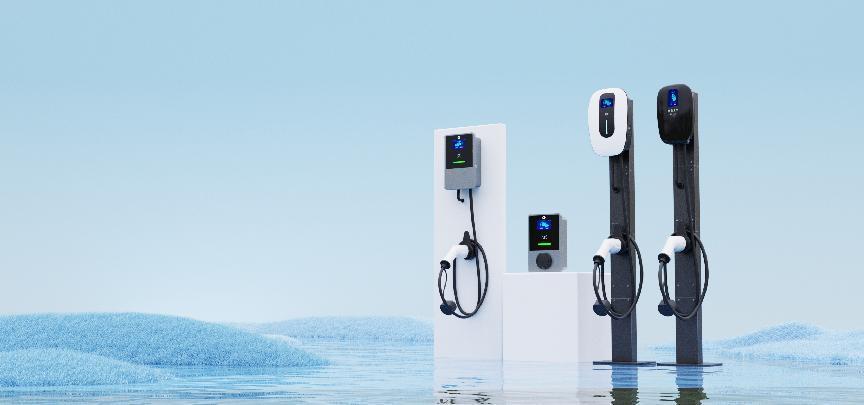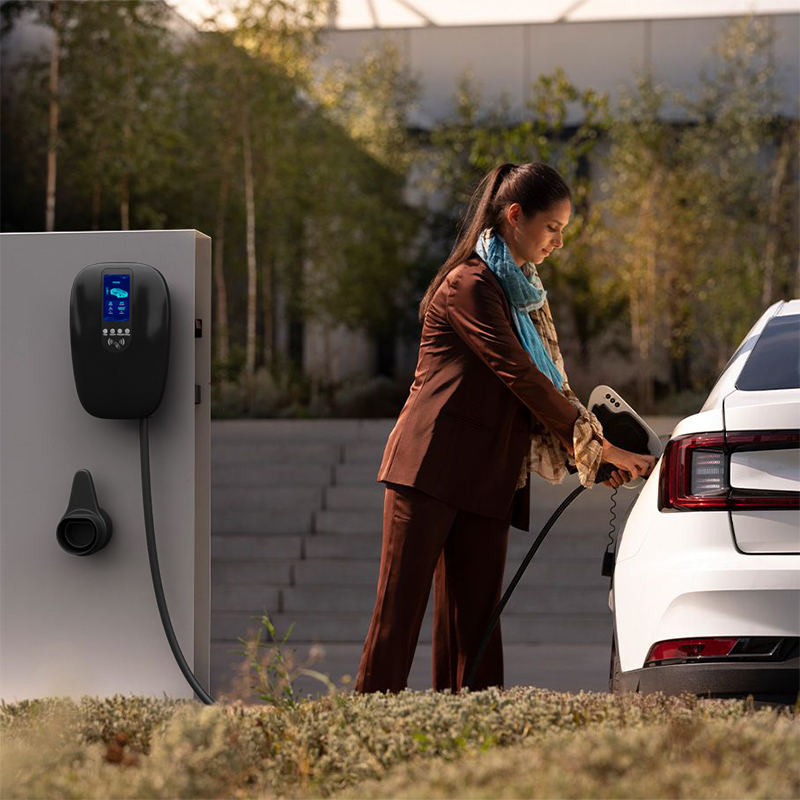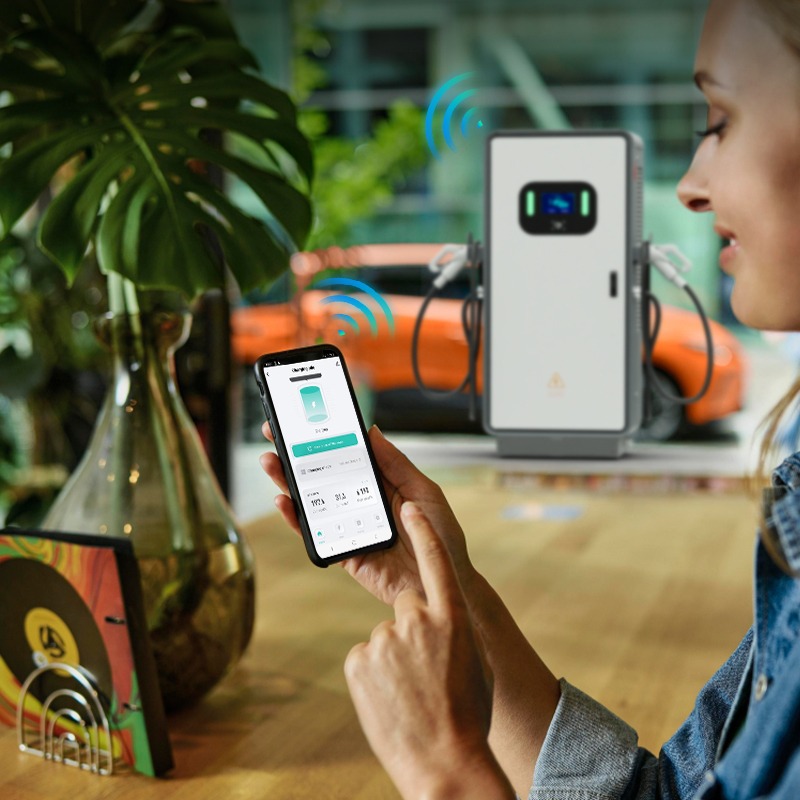1.Insights into user charging behavior characteristics
1. 95.4% of users choose fast charging, and slow charging continues to decline.
2. The charging period has changed. Affected by the increase in afternoon electricity prices and service fees, the proportion of charging periods from 14:00 to 18:00 has slightly decreased.
3. The proportion of high-power charging in the stock of public piles has increased significantly, and public piles with power above 270kW account for 3%.
4. The construction of charging stations shows a trend of miniaturization and decentralization, and the proportion of construction of stations with a scale of 11-30 charging guns has decreased by 29 percentage points.
5. More than 90% of users have cross-operator behavior, an average of 7.
6.38.5% of users have cross-city charging behavior, up to 65. 7. The endurance of new energy vehicles has been improved, and charging anxiety has been effectively alleviated.

2.Research on User Charging Satisfaction
1. The overall charging satisfaction has been further improved, driving the growth of new energy vehicle sales.
2. Car owners choose charging apps and pay more attention to the coverage of charging piles.
3. 71.2% of users are more concerned about the unstable voltage and current of the equipment.
4. 79.2% of users believe that the occupation of fuel vehicles is the primary problem, followed by lack of equipment maintenance, queue jumping/snatching, etc., especially during holidays.
5. 74.0% of users believe that the charging service fee is high.
6. The satisfaction of public charging in urban areas is as high as 94%, and 76.3% of users hope to strengthen the construction of public piles around the community.
7.The lowest satisfaction is on highways, and 85.4% of users think that the waiting time is too long.

3.Insights and analysis of user charging behavior characteristics
1.Charging period characteristics
Compared with 2022, the price from 14:00 to 18:00 in the afternoon increased by about 0.07 yuan per kWh. The trend of charging period is basically the same on holidays and non-holidays.
2. Single charging characteristics
The average single charging amount of users is 25.2 kWh, the average single charging time is 47.1 minutes, and the average single charging amount is 24.7 yuan. Compared with 2022, the average single charging amount has increased slightly, and the average single charging time has decreased slightly. From the ratio of fast and slow charging, we can see that in terms of the proportion of public charging piles, the average single charging amount of DC fast charging piles is 2.72 degrees higher than that of slow charging piles, and the gap has been greatly narrowed. The characteristics of user single charging are also related to factors such as the time sensitivity of different types of users and the temperature difference between the north and the south.
3. Fast and slow charging usage characteristics
Since most users are sensitive to charging time, including private cars, taxis, commercial vehicles, and some operating vehicles, etc., because everyone uses fast and slow charging in different time periods, such as operating vehicles, which basically use fast charging piles for charging.
4.Charging facility power usage characteristics
Users tend to choose high-power charging piles, and users who choose charging facilities above 120kW account for 74.7%, an increase of 2.7 percentage points from 2022. The proportion of supercharging of charging piles is increasing, and charging piles above 270kW account for 3%.

5. Charging place selection
It can be seen that users tend to choose stations with free parking fees or limited-time exemptions. The construction of stations with a scale of 11-30 guns accounts for 31%, a decrease of nearly 29 percentage points from 2022. We also see that the construction of the entire station is showing a trend of "miniaturization" and "decentralization". From the perspective of comprehensive user selection and construction, users prefer charging stations with supporting facilities. In addition to daily charging needs, there are also some value-added services to alleviate the anxiety of car owners "waiting for a long time".
6. User cross-operator charging characteristics
More than 90% of users have cross-operator charging behavior, with an average of 7 operators and a maximum of 71 operators. Because the market supply side is relatively scattered, the service radius of a single operator can basically not meet the demand for charging. There is still a lot of demand in the market for a complex charging operation platform.
7. User cross-city charging characteristics
We see that 38.5% of users have cross-city charging behavior, an increase of 15 percentage points from 23% in 2022. From the perspective of the cross-city rate, the proportion of users across 4-5 cities has increased by 3 percentage points compared with 2022.
8. Vehicle SOC characteristics before and after charging
37.1% of users choose to start charging when the battery SOC is lower than 30%, which is a significant decrease compared to the data of the previous year (62%), indicating that the charging facility network has been further improved and the user's "mileage anxiety" has been alleviated; 75.2% of users stop charging when the SOC is higher than 80%, indicating that the current car owners will have some expectations for the power drop time from 80% to 100% after a longer period of time, and will not reach 100% full charge.
If want to know more about this, please feel free to contact us.
Tel: +86 19113245382 (whatsAPP, wechat)
Email: sale04@cngreenscience.com
Post time: Jun-07-2024




